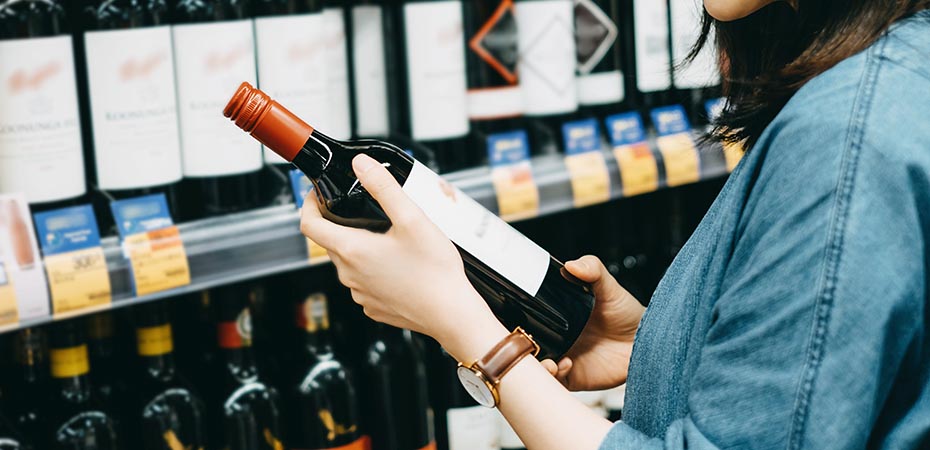A geographical indication (or “GI”) is a type of intellectual property protected by the WTO Agreement on Trade-Related Aspects of Intellectual Property Rights (TRIPS), as well as Canadian trademark law. GIs are akin to trademarks in that they help consumers identify and differentiate the source of products.
However, GIs are an especially valuable branding tool which can greatly enhance the exclusivity and reputation of a product. GIs also assist with product recognition and export opportunities. Specifically, a GI is a name or description that identifies wines, spirits agricultural products and food products originating in a given place. The GI communicates information about the quality, reputation or other characteristic that clearly links a product with its original place of production.
Using GIs to protect food product IP
GIs provide the owner with the right to prevent others from using the GI to describe products that do not originate in the territory or that are not manufactured in accordance with the relevant laws of the territory.
Some examples of GIs that are protected in Canada include: “Scotch Whisky” from the United Kingdom, “Korean Red Ginseng” from Korea, and, of course “Champagne” from France. The Canadian Intellectual Property Office (“CIPO”) maintains a list of protected GIs found here. Currently, most protected GIs emanate from the European Union.
If you are a business operating in the food or alcoholic beverage sector, it is vital to ensure that you are not inadvertently using a GI on the labels of your products. It is important to conduct due diligence and avoid potential issues with protected GIs.
GI protection in Canada was significantly expanded in 2017 as a result of the EU-Canada Comprehensive Economic Trade Agreement (“CETA”). GI protection now covers 26 categories covering wines, spirits, beer, meats, fish products, dairy products, vegetables, fruits, nuts, spices, cereals, milled products, oils, animal fats, pasta, confectionary and baked products, condiments, sugars and syrups, and many more.
Understanding GI enforcement in Canada
GIs can be enforced in the courts through the Trademarks Act, which prohibits the use in connection with a business, as a trademark or otherwise, of a protected geographical indication or its translation in any language. It is also possible to enforce rights in GIs through provisions in the Food and Drugs Act that prohibit misleading labelling.
Such complaints are handled by the Canadian Food Inspection Agency (“CFIA”) and are intended to protect consumers and address food safety. GI owners can also use the Canada Border Services Agency (“CBSA”) “Request for Assistance” mechanism to detain shipments of counterfeit or pirated goods using GIs.
While GIs have been developed for many years in Europe and date back to the 18th century, they are relatively new to Canada. There may be value in considering whether certain industries can contemplate developing their own GIs in Canada in order to benefit from the added value, product recognition, export opportunities and competitive advantages GIs can offer Canadian products.
Reach out to a Gowling WLG professional for more information on the protection of GIs, or how to avoid inadvertent misuse of a GI.
NOT LEGAL ADVICE. Information made available on this website in any form is for information purposes only. It is not, and should not be taken as, legal advice. You should not rely on, or take or fail to take any action based upon this information. Never disregard professional legal advice or delay in seeking legal advice because of something you have read on this website. Gowling WLG professionals will be pleased to discuss resolutions to specific legal concerns you may have.
Gowling WLG is a multinational law firm formed by the combination of Canada-based Gowlings and UK-based Wragge Lawrence Graham & Co in February 2016, in the first multinational law firm combination co-led by a Canadian firm.
Please visit the firm link to site





